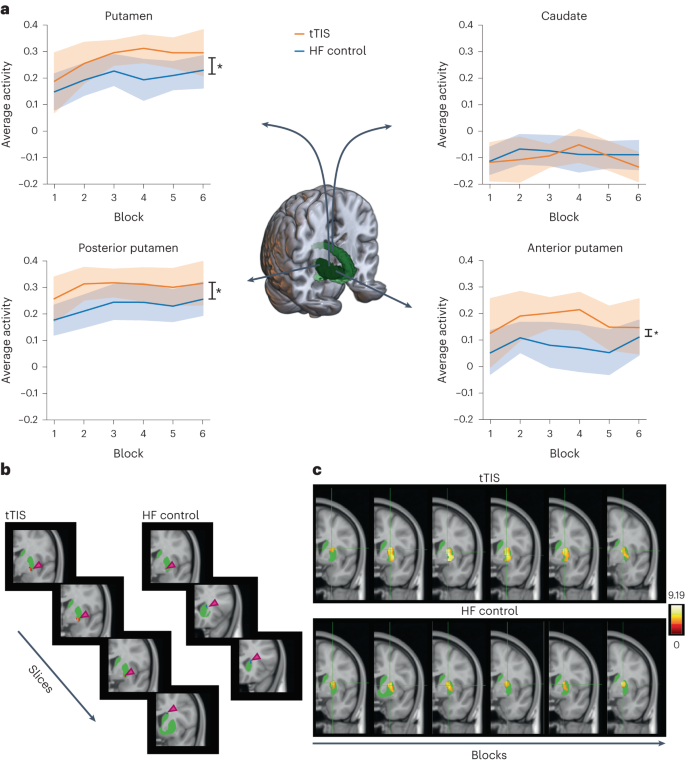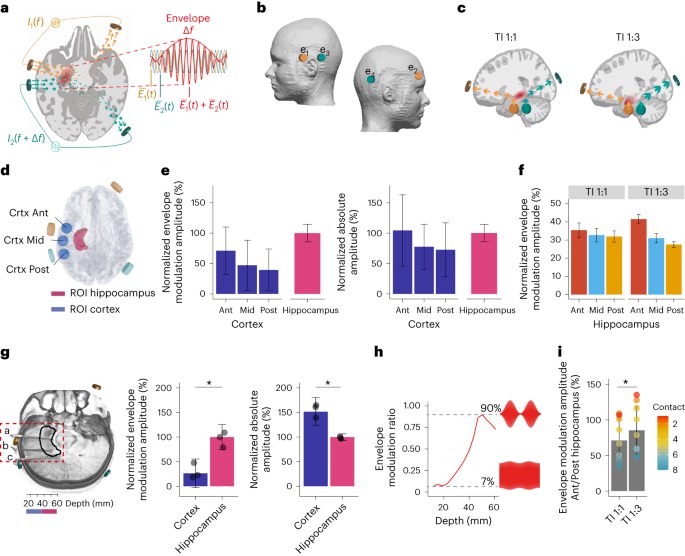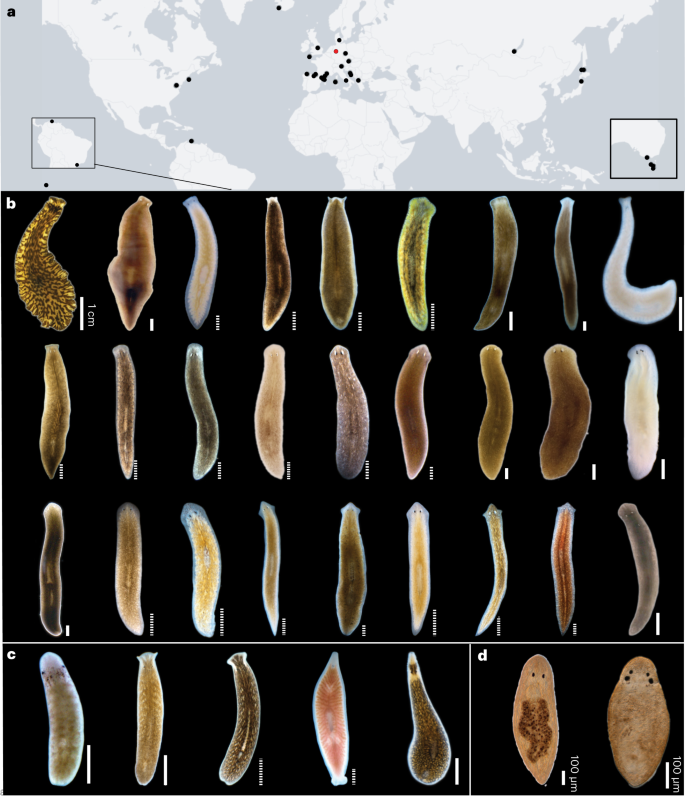2023-10-20 スイス連邦工科大学ローザンヌ校(EPFL)
◆しかし、EPFLの科学者たちは新しい技術である「経頭蓋的時間干渉電気刺激」(tTIS)を開発し、これにより非侵襲的に深部構造を刺激することが可能になりました。この技術は高齢者の運動技能学習を向上させ、認知症、中毒、脳卒中など深部基底核に関連する脳疾患の治療法の可能性を広げています。
<関連情報>
- https://actu.epfl.ch/news/non-invasive-deep-brain-stimulation-enhances-motor/
- https://www.nature.com/articles/s41593-023-01457-7
ヒト線条体の非侵襲的シータバースト刺激は線条体活動と運動技能学習を高める Noninvasive theta-burst stimulation of the human striatum enhances striatal activity and motor skill learning
Maximilian J. Wessel,Elena Beanato,Traian Popa,Fabienne Windel,Pierre Vassiliadis,Pauline Menoud,Valeriia Beliaeva,Ines R. Violante,Hedjoudje Abderrahmane,Patrycja Dzialecka,Chang-Hyun Park,Pablo Maceira-Elvira,Takuya Morishita,Antonino M. Cassara,Melanie Steiner,Nir Grossman,Esra Neufeld & Friedhelm C. Hummel
Nature Neuroscience Published:19 October 2023
DOI:https://doi.org/10.1038/s41593-023-01457-7

Abstract
The stimulation of deep brain structures has thus far only been possible with invasive methods. Transcranial electrical temporal interference stimulation (tTIS) is a novel, noninvasive technology that might overcome this limitation. The initial proof-of-concept was obtained through modeling, physics experiments and rodent models. Here we show successful noninvasive neuromodulation of the striatum via tTIS in humans using computational modeling, functional magnetic resonance imaging studies and behavioral evaluations. Theta-burst patterned striatal tTIS increased activity in the striatum and associated motor network. Furthermore, striatal tTIS enhanced motor performance, especially in healthy older participants as they have lower natural learning skills than younger subjects. These findings place tTIS as an exciting new method to target deep brain structures in humans noninvasively, thus enhancing our understanding of their functional role. Moreover, our results lay the groundwork for innovative, noninvasive treatment strategies for brain disorders in which deep striatal structures play key pathophysiological roles.


